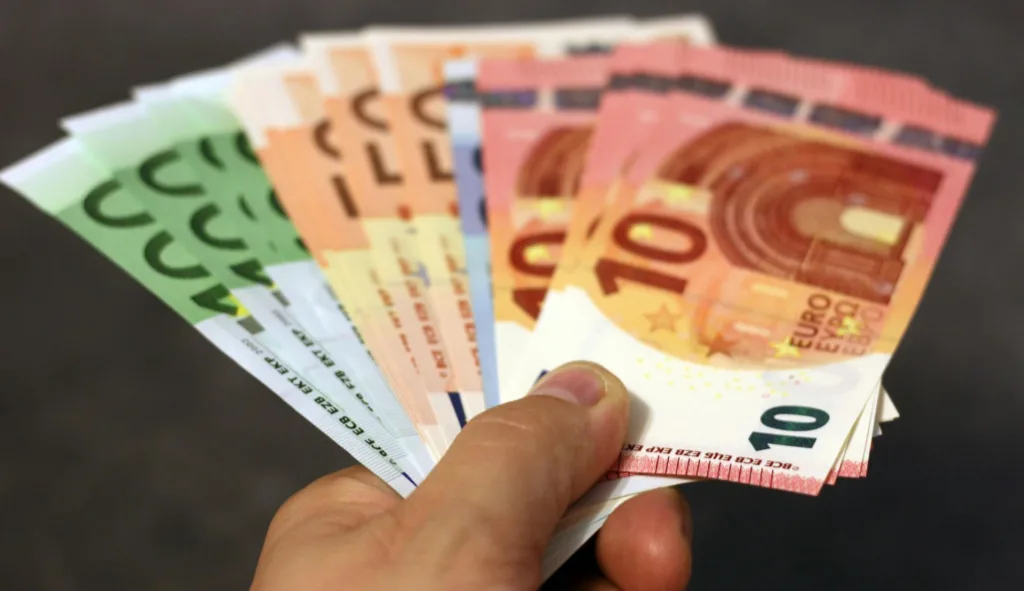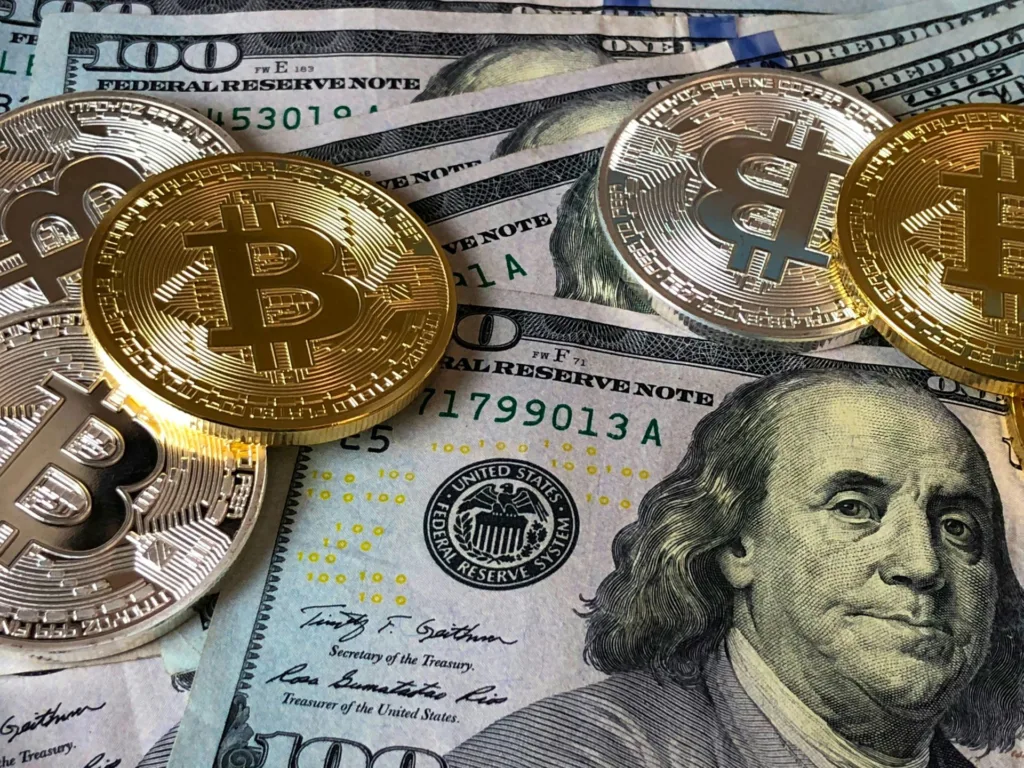I recently overheard a conversation that left me pondering. A man, about 70 years old, casually remarked, “Money is just paper.” Hearing this from a retiree of his age struck me deeply, especially when I took a closer look and realized he was struggling financially. It got me thinking: how many people truly understand what money is, how to use it, and how to grow it? The truth is, many of us have a limited understanding of money and its potential. So, what really is money? In this blog, I’ll take the time to break it down and explore its true nature—including its evolution into a digital asset.

What Is Money? Beyond the Paper
At its most basic level, money is a medium of exchange. It’s a tool that allows us to trade goods and services without the complications of bartering. But to say that money is “just paper” is to oversimplify its role in our lives and society. Money is far more than the physical cash we hold in our hands—it’s a representation of value, trust, and potential.
Historically, money has taken many forms: from shells and livestock to precious metals like gold and silver. Today, it exists not only as physical currency but also as digital entries in bank accounts, cryptocurrencies, and even abstract concepts like credit. Money, in essence, is a social construct—a shared agreement that certain tokens or numbers hold value and can be exchanged for goods, services, or other forms of value.
The Three Key Functions of Money
To truly understand money, we need to look at its core functions:
1. A Medium of Exchange: Money simplifies transactions. Instead of trading a chicken for a loaf of bread, we use money as an intermediary. This makes trade more efficient and accessible.
2. A Store of Value: Money allows us to save and store wealth for future use. While it’s true that inflation can erode the value of money over time, it remains one of the most reliable ways to preserve wealth compared to perishable goods.
3. A Unit of Account: Money provides a standard measure for valuing goods and services. It helps us compare prices, track expenses, and make informed financial decisions.
Money as a Digital Asset

In the modern era, money has transcended its physical form and evolved into a digital asset. This shift has revolutionized how we think about and interact with money. Here’s how:
1. Digital Currency: Most of the money in the world today exists digitally. When you check your bank account balance or make an online payment, you’re interacting with digital money. This form of money is convenient, fast, and accessible, enabling global transactions with just a few clicks.
2. Cryptocurrencies: The rise of cryptocurrencies like Bitcoin, Ethereum, and others has introduced a new dimension to money. Cryptocurrencies are decentralized digital assets that operate on blockchain technology. They are not controlled by any government or central authority, making them a revolutionary form of money. While still volatile and speculative, cryptocurrencies have challenged traditional financial systems and opened up new possibilities for peer-to-peer transactions, smart contracts, and decentralized finance (DeFi).
3. Mobile Payments and E-Wallets: Platforms like VaultPay.NG, PayPal, Venmo, Apple Pay, and Google Wallet have made it easier than ever to store, send, and receive money digitally. These tools have transformed the way we handle everyday transactions, reducing the need for physical cash.
4. Digital Investments: Money as a digital asset also extends to investments. Stocks, bonds, mutual funds, and even real estate can now be bought, sold, and managed online. Robo-advisors and trading apps have democratized investing, making it accessible to people who may not have had the resources or knowledge to participate in the past.
A Tool for Growth
The retiree’s statement, “Money is just paper,” reflects a common misconception. Money is not just paper—it’s a tool. And like any tool, its value lies in how we use it. When used wisely, it can be a powerful instrument for growth, security, and freedom.
Here’s how:
- Investing: Money can be used to generate more money. Through investments in stocks, real estate, businesses, or other assets, money can grow exponentially over time.
- Education and Skills: Money can be spent on education, training, and personal development, which in turn can increase earning potential and open up new opportunities.
- Security and Stability: Money provides a safety net for emergencies, retirement, and unforeseen circumstances. It offers peace of mind and the ability to weather life’s uncertainties.
- Impact and Legacy: Money can be used to create a positive impact—whether through charitable donations, supporting loved ones, or building a legacy for future generations.
Why Many People Struggle with Money

Despite its potential, many people struggle with money because they lack financial literacy. They may not understand how to budget, save, invest, or plan for the future. This lack of knowledge can lead to poor financial decisions, debt, and a sense of helplessness—like the retiree who sees money as “just paper.”
Financial literacy is the key to unlocking the true potential of money. It involves understanding how money works, how to manage it effectively, and how to make it work for you. By educating ourselves and taking control of our finances, we can transform money from a source of stress into a tool for empowerment.
Join thousands of users saving their money on AjoApp. Get up to 5% on your savings. Join Now
Changing Our Mindset About Money
The retiree’s perspective highlights a deeper issue: our mindset about money. If we view money as “just paper,” we risk undervaluing its potential and neglecting its importance in our lives. Instead, we should see money as a resource—a means to achieve our goals, fulfil our needs, and create opportunities.
To change our mindset, we need to:
1. Educate Ourselves: Learn about budgeting, saving, investing, and financial planning. Knowledge is power.
2. Set Clear Goals: Define what you want to achieve with your money—whether it’s financial independence, a comfortable retirement, or the ability to give back.
3. Take Action: Start small. Save a portion of your income, explore investment options, and make conscious spending decisions.
4. Seek Guidance: Don’t be afraid to ask for help. Financial advisors, books, and online resources can provide valuable insights and support. Contact us for financial advisory.
Money Is What You Make of It

Money is far more than “just paper.” It’s a tool, a resource, and a reflection of our choices. By understanding its true nature—including its evolution into a digital asset—and learning how to use it effectively, we can unlock its potential to create a better life for ourselves and those around us.
The retiree’s statement serves as a reminder: money is only as valuable as the meaning we assign to it. Let’s choose to see money not as an end in itself, but as a means to build the life we envision. After all, money is what you make of it—literally and figuratively. Whether it’s physical cash, digital currency, or cryptocurrencies, money’s true power lies in how we use it to shape our future.

